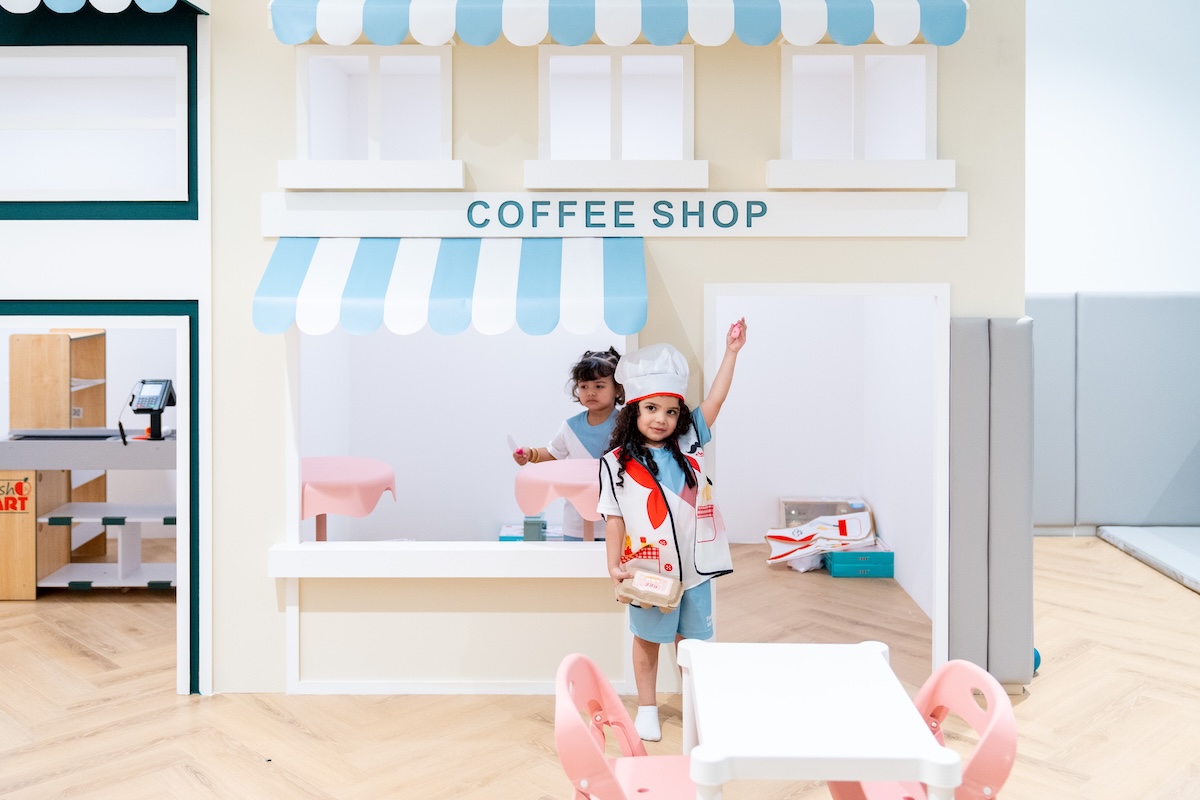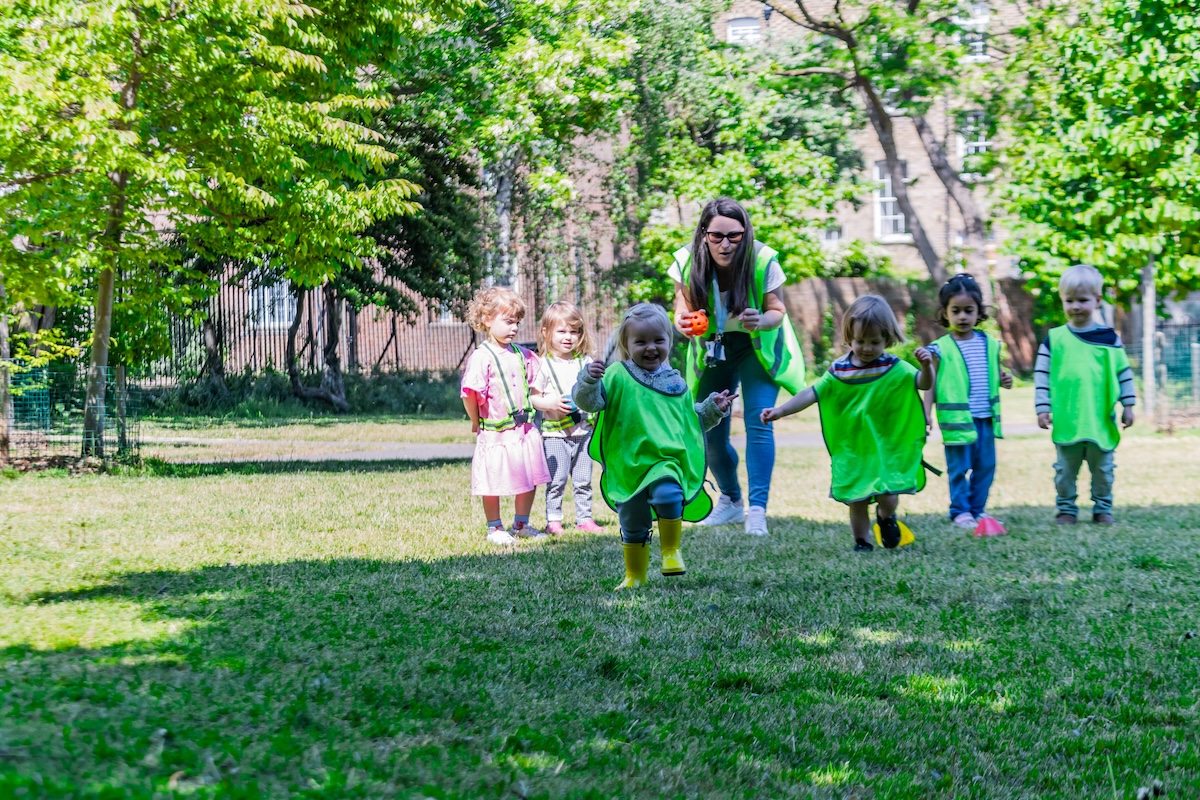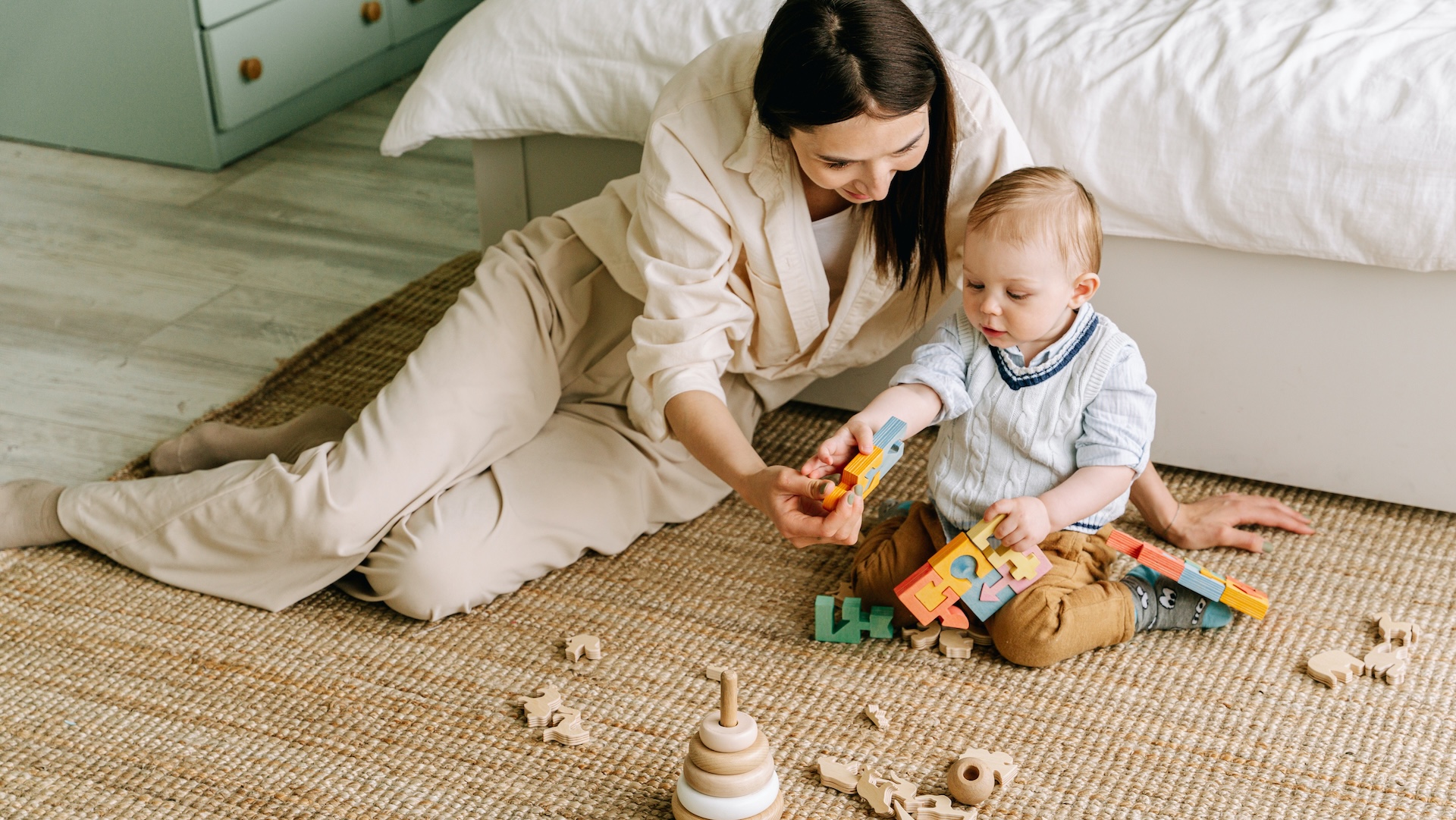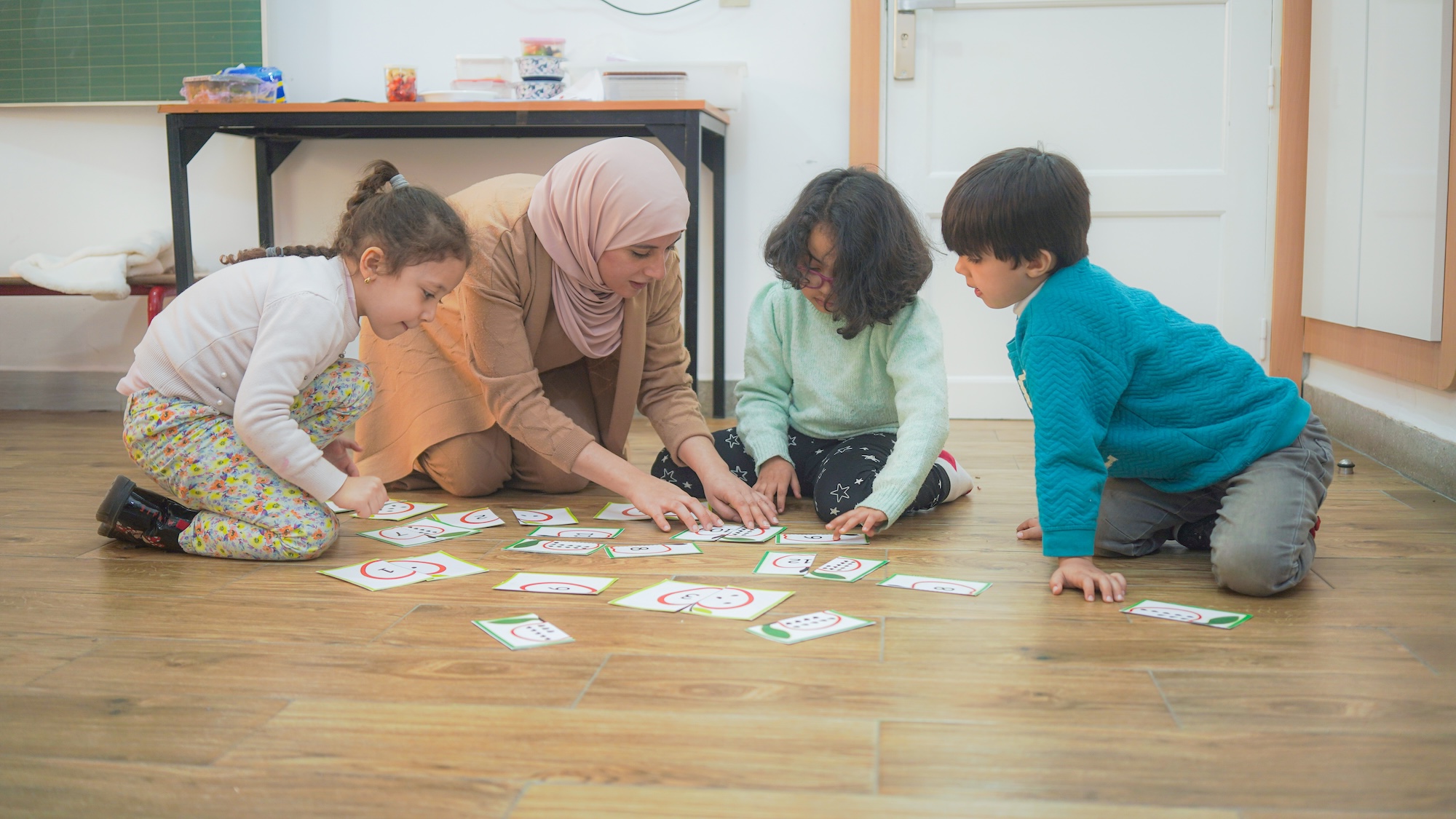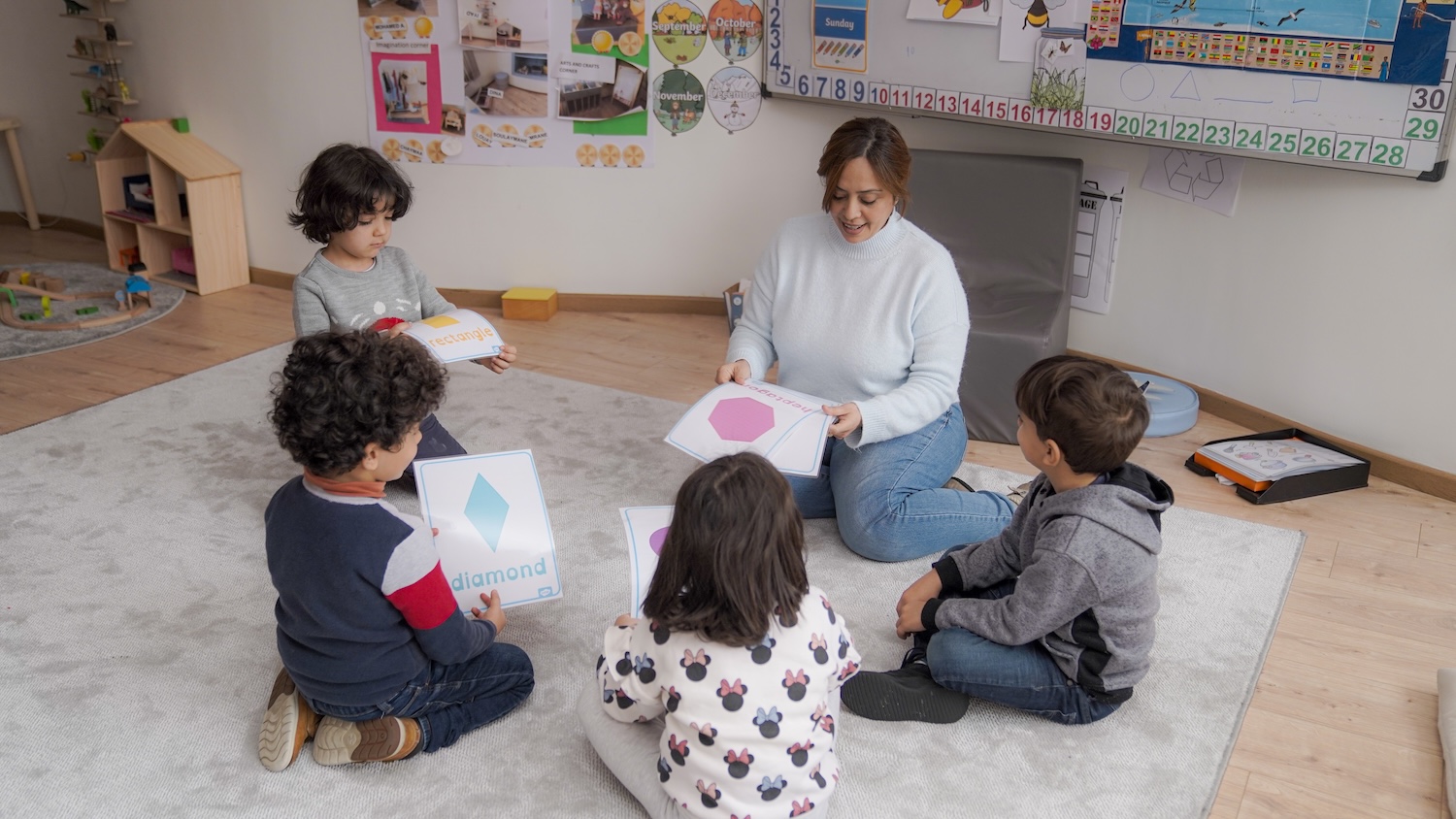In a world where education is rapidly evolving, one question often arises: How can we best prepare young children for the future?
Across the globe, educators and parents are shifting focus from rigid academic systems towards methods that nurture curiosity, creativity, and well-being.
Among these innovative approaches, FinlandWay Pedagogy stands out. Inspired by Finland’s world-renowned education model, it’s redefining how early years learning can be both joyful and effective. In this article, we’ll explore how FinlandWay differs from traditional early years pedagogy and why its approach is transforming the classroom experience for children around the world.
Understanding Finlandway Pedagogy
Origins and philosophy
Rooted in Finland’s world-renowned education system, FinlandWay Pedagogy is founded on a simple but powerful idea: children learn best when they feel happy, safe, and curious.
Developed by FinlandWay Schools, the model brings Finland’s holistic, play-based learning philosophy to diverse cultural contexts. Instead of concentrating only on academic skills, it focuses on supporting the whole child: nurturing intellectual, emotional, social, and physical growth in a balanced and meaningful way.
According to the OECD, Finland’s early education framework consistently ranks among the best in the world because it values wellbeing as much as knowledge.
key principles of finlandway pedagogy
What sets FinlandWay Pedagogy apart is its thoughtful integration of play, purpose, and participation, creating an environment where children can thrive academically, socially, and emotionally. Its principles guide every aspect of teaching and learning, ensuring that children grow as whole, capable individuals.
- Learning through play and exploration
Play is at the heart of FinlandWay. Through imaginative, hands-on play, children naturally explore, experiment, and practise problem-solving. This approach nurtures curiosity, encourages creativity, and helps children develop a deep understanding of the world around them. Every activity is an opportunity for discovery, allowing learning to emerge organically from the child’s interests.
- Child-centred approach
At FinlandWay, the child is the driver of their own learning. Teachers act as guides and facilitators, observing, supporting, and extending each child’s curiosity rather than imposing rigid lessons. This personalised approach ensures that every child’s unique strengths, needs, and interests are recognised, fostering engagement, confidence, and a sense of agency in learning.
- Integration of future skills
Education at FinlandWay goes beyond traditional academics. Skills essential for the 21st century, such as creativity, empathy, collaboration, communication, and critical thinking, are embedded in the activities. Children practice these skills naturally as they explore, solve problems, work with peers, and reflect on their experiences, preparing them not only for school but for life.
- Wellbeing
A child cannot learn effectively without feeling safe, valued, and supported. FinlandWay prioritises emotional and social well-being by creating calm, inclusive, and joyful environments. Children learn in spaces that respect their pace and individuality, helping them develop confidence, resilience, and a lifelong love of learning.
- Holistic development
FinlandWay recognises that learning is multi-dimensional. Intellectual growth is supported alongside emotional, social, and physical development. Activities are designed to engage the whole child, fostering balance, curiosity, and a sense of purpose in every aspect of their development.
Through these principles, FinlandWay Pedagogy ensures that children not only gain knowledge but also develop the skills, attitudes, and confidence to navigate the world with curiosity, empathy, and creativity.
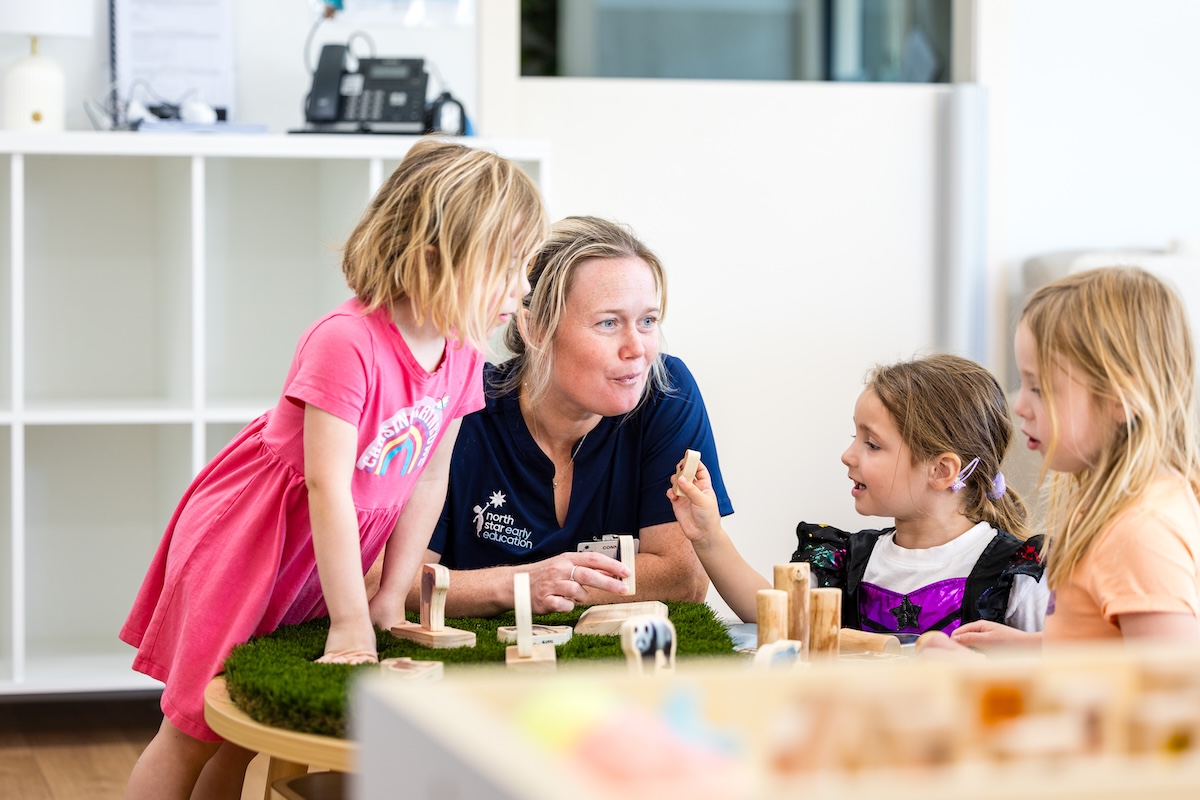
For more on Finland’s education success, you can read BBC Education’s insights on how the country transformed early learning through play and trust.
Traditional early years pedagogy: an overview
Characteristics of traditional approaches
Traditional early childhood education, the kind many adults experienced, is largely teacher-led, with lessons that are structured, time-bound, and focused on memorisation. In this model, teachers act as the primary source of knowledge, guiding children through a fixed curriculum while children are expected to absorb information rather than actively explore or discover it themselves. Learning follows rigid routines and is often measured through formal assessments, with little flexibility for spontaneous inquiry.
From an early age, there is a strong emphasis on reading, writing, and counting, while children spend long periods sitting still, listening, and completing tasks dictated by the teacher. This approach can build discipline and early academic skills effectively, providing a clear framework for literacy and numeracy. However, it often leaves limited room for creative exploration, curiosity-driven learning, and the development of social-emotional skills, which are increasingly recognised as essential for a child’s overall growth and wellbeing.
Benefits and limitations
Benefits:
- Structured learning supports routine and focus.
- Helps children transition to formal schooling systems.
- Easier for teachers to assess progress using tests and grades.
Limitations:
- Limited opportunities for independent thinking.
- Less emphasis on emotional intelligence.
- High levels of pressure and comparison may lead to stress.
As The Guardian notes, education experts increasingly question whether traditional classrooms prepare children for today’s fast-changing world.
key differences between finlandway pedagogy and traditional early years education
To better understand the contrast, let’s look at a side-by-side comparison:
| Aspect | FinlandWay Pedagogy | Traditional Pedagogy |
| Teaching role | Facilitator & observer | Instructor & evaluator |
| Learning style | Play-, participatory- & phenomenon-based | Memorisation & repetition |
| Focus | Holistic development & wellbeing | Academic performance |
| Environment | Flexible, collaborative spaces | Structured, teacher-centred |
| Assessment | Continuous observation & feedback | Standardised testing |
This visual comparison shows that FinlandWay Pedagogy goes beyond teaching facts; it helps children understand how to think, feel, and interact with others.
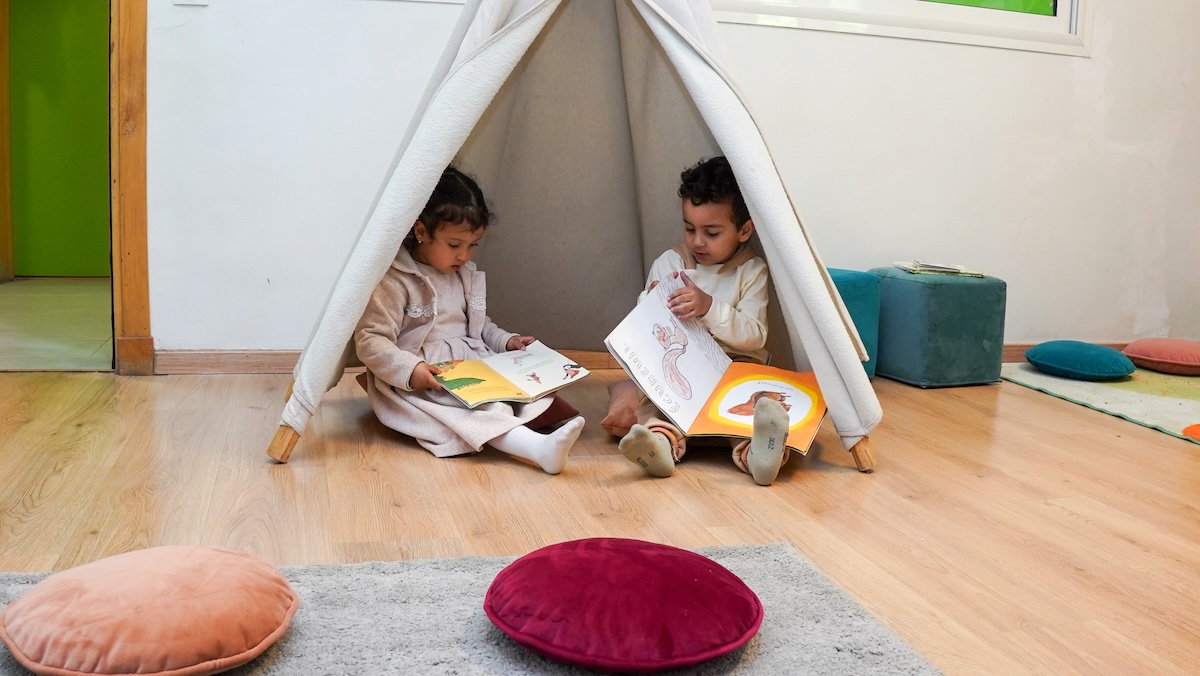
Why finlandway works: evidence from research
Global recognition of Finnish Education
Finland consistently ranks among the top countries in PISA assessments, thanks to its emphasis on equity, well-being, and play-based methods.
According to UNESCO, Finland’s early childhood education prioritises curiosity and self-motivation over competition.
This mindset nurtures independent learners who are not afraid to make mistakes. This is a crucial life skill that traditional systems often overlook.
Outcomes observed in FinlandWay Schools
Evidence from FinlandWay Schools across the world shows consistent outcomes:
- Children develop stronger social skills and empathy.
- Improved language and communication abilities.
- Increased motivation and engagement during learning.
- Smoother transition to primary education.
These outcomes align with findings from the OECD’s education studies, showing that play-based environments boost both cognitive and emotional growth.
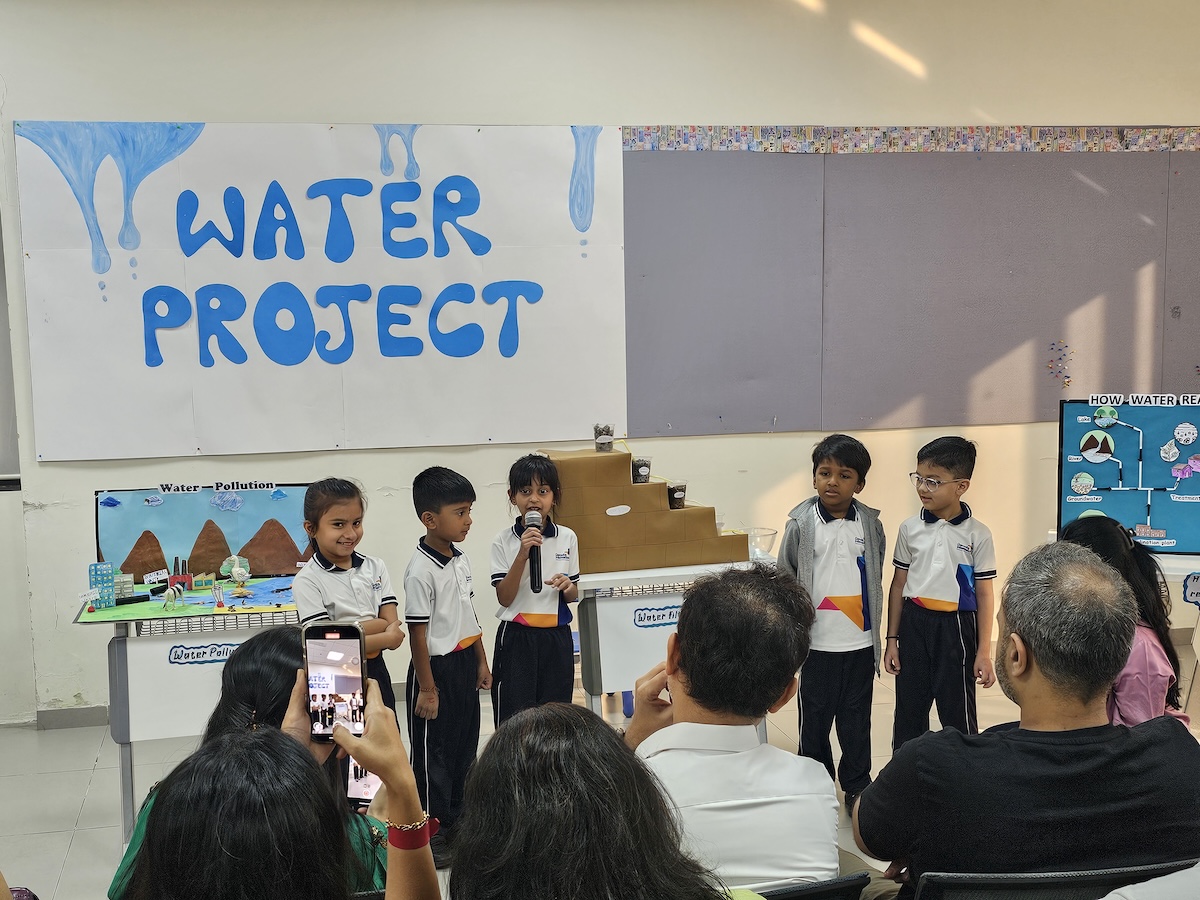
Integrating finlandway pedagogy in modern classrooms
Practical steps for educators
Even within schools that follow more traditional systems, educators can introduce FinlandWay Pedagogy principles through small but meaningful changes. One of the most powerful steps is to encourage exploration, allowing children to pursue themes, questions, or projects that genuinely spark their curiosity.
Classrooms can also be transformed into flexible learning spaces that support movement, collaboration, and hands-on discovery, rather than rigidly structured rows of desks. Teachers can shift their role from instructor to observer, focusing on each child’s learning process rather than solely on the result.
Equally important is a focus on wellbeing: replacing strict discipline with positive reinforcement, celebrating effort as much as achievement, and creating a safe, supportive environment where children feel confident to take risks and learn from mistakes. By adopting these strategies, educators can gradually bring the principles of FinlandWay into any classroom, nurturing curiosity, independence, and a love of learning.
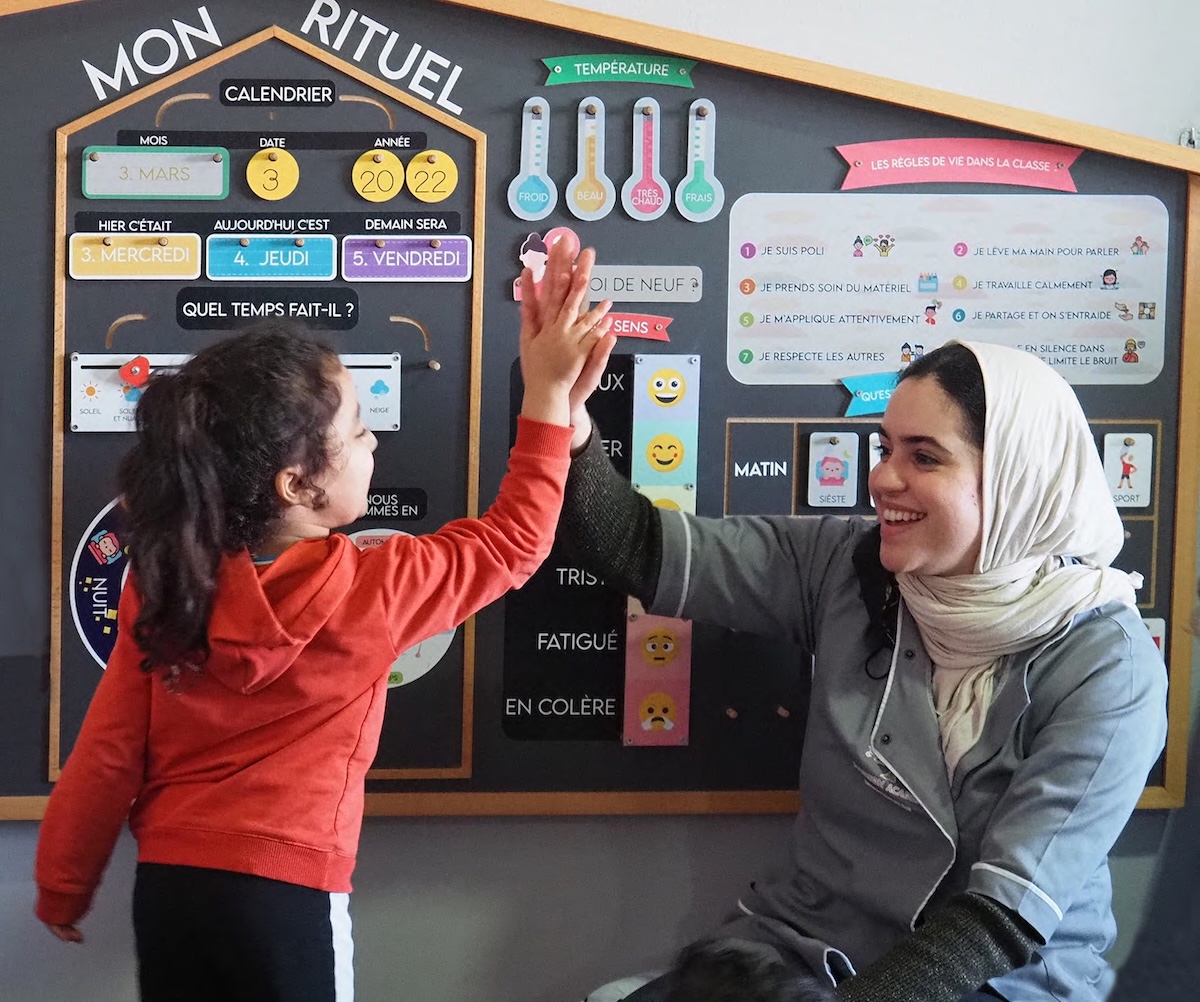
Parental involvement and home connection
A key element of FinlandWay Pedagogy is cooperation between home and school. Parents are partners in their child’s journey.
Here’s how parents can extend learning at home:
- Read stories together and discuss them.
- Encourage outdoor exploration and imaginative play.
- Focus on emotional awareness, talk about feelings and empathy.
- When receiving pictures from schools, have a look at them with the children and create a discussion about what’s happening in the picture to support the learning that is happening at school.
Frequently asked questions (faq)
Q1: What makes FinlandWay Pedagogy unique?
It adapts Finland’s proven early education methods to local cultures, focusing on play, wellbeing, and lifelong learning skills rather than rote memorisation.
Q2: Is FinlandWay Pedagogy suitable for all countries?
Yes. FinlandWay customises its curriculum to fit local languages and cultural contexts while maintaining its Finnish educational philosophy.
Q3: How does FinlandWay prepare children for future success?
By teaching future skills such as creativity, problem-solving, teamwork, and communication, through real-life projects that foster confidence and curiosity.
Conclusion
FinlandWay Pedagogy presents a compelling alternative to traditional early years education. By placing joy, curiosity, wellbeing, and creativity at the heart of learning, it nurtures children’s confidence, emotional intelligence, and resilience. These are skills that form the foundation for lifelong success.
While traditional approaches provide structure and foundational knowledge, the FinlandWay approach demonstrates that when children feel safe, engaged, and inspired, learning becomes a natural, joyful process rather than a task. In embracing this child-centred, holistic philosophy, educators can create environments where every child thrives, exploring, experimenting, and growing at their own pace.
